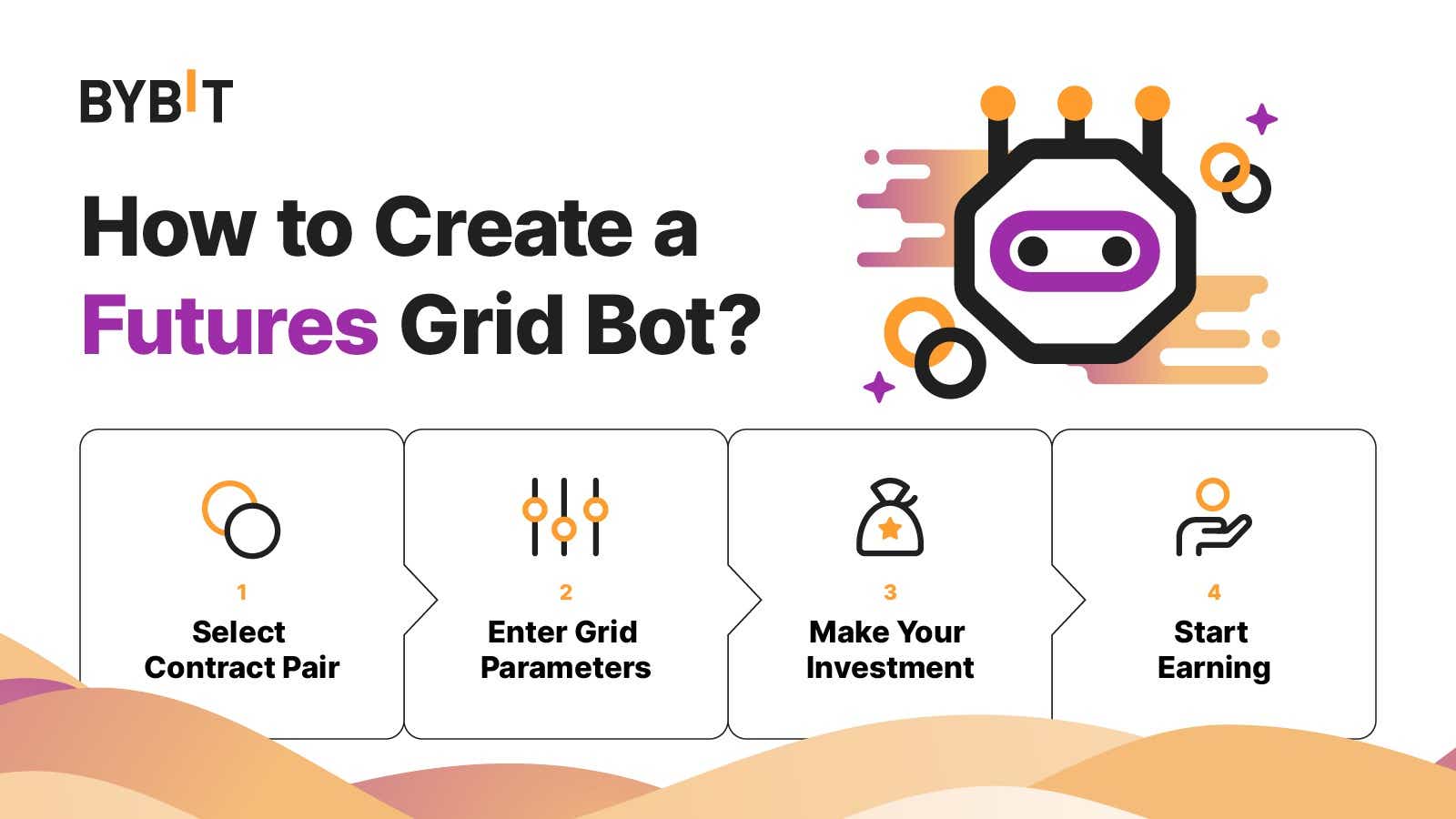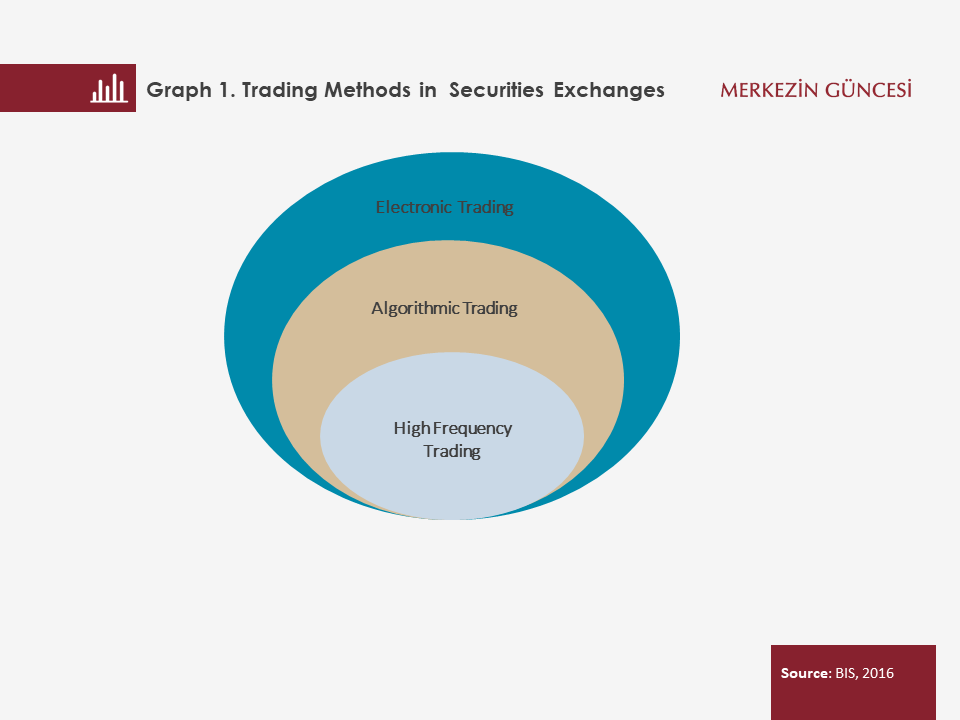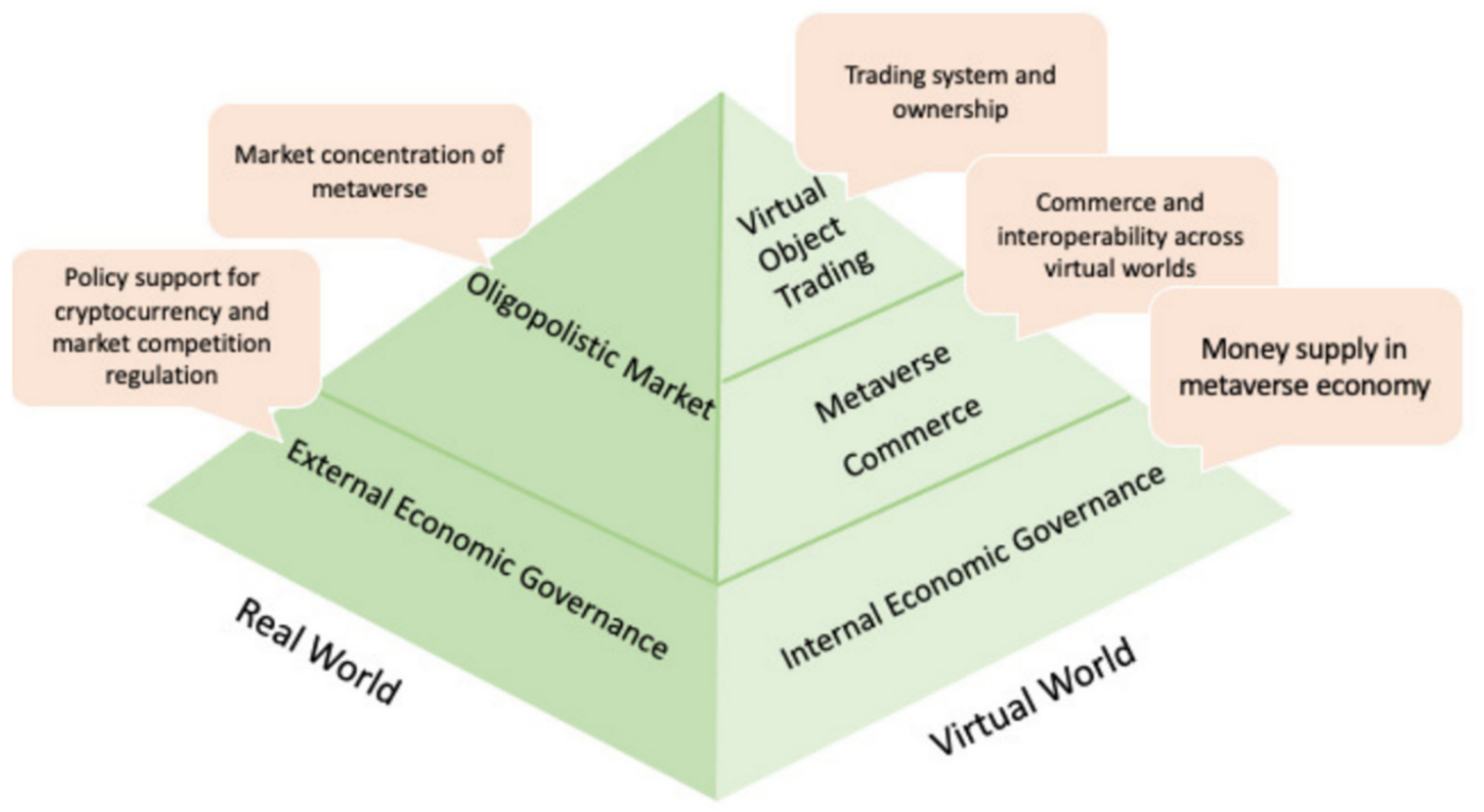Did you know that the first electronic trading system was launched in the 1970s, and it was about as user-friendly as a brick? Fast forward to today, and technology has revolutionized futures day trading, making it more accessible and efficient than ever. In this article, we dive into the crucial role technology plays in futures trading, from enhancing strategies with advanced trading software to the benefits of algorithmic and automated systems. You'll discover the best trading platforms, tools for technical analysis, and how data analytics can optimize your decisions. We also explore the impact of high-frequency trading, mobile technology, and social media insights, along with essential cybersecurity measures for traders. Finally, we'll touch on how virtual trading can benefit beginners and the emerging technologies shaping the future of trading. Join DayTradingBusiness as we guide you through leveraging technology to elevate your trading game.
What is the role of technology in futures day trading?
Technology plays a crucial role in futures day trading by providing tools for real-time data analysis, trade execution, and risk management. Advanced trading platforms offer features like algorithmic trading, which automates strategies based on market conditions. High-speed internet and direct market access ensure rapid order execution, minimizing slippage. Additionally, charting software and technical indicators help traders analyze price movements and identify trends effectively. Mobile trading apps allow for on-the-go monitoring and quick decision-making. Overall, leveraging technology enhances efficiency, accuracy, and responsiveness in day trading futures.
How can trading software enhance futures trading strategies?
Trading software enhances futures trading strategies by providing advanced analytics, real-time data, and automated trading features. It allows traders to backtest strategies against historical data, making it easier to refine approaches. With tools for charting and technical analysis, traders can identify trends and make informed decisions quickly. Additionally, automated trading systems can execute trades based on predefined criteria, minimizing emotional decision-making and maximizing efficiency. Overall, leveraging trading software enables more precise execution and better risk management in futures day trading.
What are the best trading platforms for futures day trading?
The best trading platforms for futures day trading include:
1. Thinkorswim by TD Ameritrade – Offers advanced charting tools and customizable dashboards.
2. NinjaTrader – Great for advanced traders, it provides extensive analytics and automated trading features.
3. MetaTrader 5 – Popular for its user-friendly interface and robust technical analysis tools.
4. Interactive Brokers – Known for low commissions and a wide range of futures products.
5. TradeStation – Offers powerful trading tools and a comprehensive suite for analysis.
Choose a platform that aligns with your trading style and technology needs.
How does algorithmic trading work in the futures market?
Algorithmic trading in the futures market uses computer programs to execute trades based on predefined criteria. Traders set specific parameters, such as price, volume, and timing, which the algorithm follows to buy or sell futures contracts automatically. This approach enables faster execution and can capitalize on market inefficiencies.
Traders often leverage technology by employing backtesting, where algorithms are tested against historical data to assess performance. Real-time data feeds and advanced analytics help refine strategies, allowing traders to adapt quickly to market changes. Overall, algorithmic trading enhances precision and efficiency in futures day trading.
What tools can help with technical analysis in futures trading?
Key tools for technical analysis in futures trading include charting software like TradingView and MetaTrader, which offer advanced charting capabilities and indicators. Additionally, platforms like NinjaTrader and Thinkorswim provide comprehensive analysis tools and real-time data. For backtesting strategies, consider using Amibroker or QuantConnect. Finally, a good economic calendar app can help track market-moving events.
How can automated trading systems improve execution speed?
Automated trading systems improve execution speed by instantly processing market data and executing trades without human delay. They utilize algorithms to analyze trends and respond to market changes in real-time, allowing for quicker decision-making. This reduces the time between signal generation and order placement, minimizing slippage and increasing the chance of hitting target prices. Additionally, automated systems can operate 24/7, continuously scanning for opportunities that a human trader might miss.
What are the benefits of using trading bots for futures day trading?

Trading bots for futures day trading offer several key benefits:
1. Speed: They execute trades faster than humans, capturing opportunities in volatile markets.
2. Consistency: Bots follow pre-set strategies without emotional interference, maintaining discipline.
3. 24/7 Operation: They can monitor markets and execute trades around the clock, even when you're unavailable.
4. Backtesting: Bots allow you to test strategies on historical data, optimizing performance before real trades.
5. Risk Management: They can implement stop-loss and take-profit orders automatically, minimizing potential losses.
6. Data Analysis: Bots analyze large volumes of data quickly, identifying trends and patterns that may be missed manually.
Utilizing trading bots can enhance efficiency and effectiveness in futures day trading.
How can data analytics optimize trading decisions in futures?
Data analytics can optimize trading decisions in futures by providing insights into market trends, price movements, and trading patterns. By analyzing historical data, traders can identify correlations and predict future price actions. Real-time analytics help monitor market conditions, allowing for quick adjustments to strategies. Utilizing algorithms and machine learning can enhance decision-making by processing vast amounts of data faster than manual methods. Additionally, sentiment analysis can gauge market psychology, giving traders an edge in predicting market shifts. Overall, integrating data analytics leads to more informed, timely, and effective trading decisions in futures.
What is the impact of high-frequency trading on futures markets?

High-frequency trading (HFT) impacts futures markets by increasing liquidity and reducing bid-ask spreads, making it easier for traders to enter and exit positions. However, HFT can also lead to increased volatility and market manipulation risks. For day traders, leveraging technology like algorithmic trading systems can help capitalize on these rapid price movements. Access to real-time data and advanced analytics is crucial for making informed decisions in this fast-paced environment.
How does mobile trading technology affect futures trading?
Mobile trading technology enhances futures trading by providing real-time access to market data, allowing traders to execute trades instantly from anywhere. This flexibility enables quicker decision-making, improving the potential for profit. Features like alerts and charting tools on mobile platforms help traders stay informed and react to market changes swiftly. Additionally, mobile trading fosters a more dynamic trading experience, accommodating the fast-paced nature of futures markets.
What online resources are essential for futures day traders?
Essential online resources for futures day traders include:
1. Brokerage Platforms: Choose a reliable broker like Interactive Brokers or TD Ameritrade for trading tools and execution.
2. Market Data Services: Use platforms like TradingView or NinjaTrader for real-time charts and analysis.
3. News Aggregators: Follow financial news websites like Bloomberg or Reuters for timely updates that impact futures markets.
4. Social Trading Networks: Engage with communities on platforms like Discord or StockTwits for insights and strategies.
5. Educational Websites: Access resources from Investopedia or BabyPips to deepen your knowledge of futures trading.
6. Technical Analysis Tools: Utilize software like MetaTrader or Thinkorswim for advanced charting and indicators.
7. Economic Calendars: Keep track of key events using calendars from Forex Factory or Investing.com to anticipate market movements.
Incorporating these resources can enhance your trading strategy and decision-making process.
How can traders use social media for insights on futures trading?
Traders can use social media for insights on futures trading by following key influencers, joining relevant groups, and monitoring real-time discussions. Twitter is great for quick updates and sentiment analysis; follow hashtags like #FuturesTrading. LinkedIn can provide deeper insights through articles and professional connections. Facebook groups often share strategies and market analysis. Use platforms like Reddit to engage with communities discussing trends and tips. Additionally, tools like Google Alerts can keep traders updated on news that impacts futures markets.
What cybersecurity measures should futures traders take?
Futures traders should implement strong cybersecurity measures like using two-factor authentication (2FA) on trading accounts, regularly updating software and security systems, and employing a reliable VPN for secure connections. Ensure your devices have antivirus protection and use complex, unique passwords for each account. Regularly backup important data and monitor accounts for unauthorized activity. Educate yourself about phishing scams to avoid compromising sensitive information. Lastly, consider using dedicated trading platforms with robust security features.
How can virtual trading help beginners in futures day trading?
Virtual trading allows beginners in futures day trading to practice without financial risk. It provides a safe environment to learn market mechanics, test strategies, and understand order types. By simulating real market conditions, traders can build confidence and refine their skills. Additionally, virtual trading platforms often offer analytical tools and resources, helping beginners analyze market trends and develop a disciplined trading approach. This hands-on experience is crucial for making informed decisions when transitioning to actual trading.
Learn about How to Backtest Futures Day Trading Strategies
How Can Technology Enhance Futures Day Trading Strategies?
Futures in day trading are contracts to buy or sell an asset at a predetermined price on a specific date. To leverage technology in futures day trading, use trading platforms with advanced analytics, automated trading systems, and real-time data feeds to optimize your trades and manage risk effectively.
Learn more about: What Are Futures in Day Trading?
Learn about How to Backtest Futures Day Trading Strategies
What emerging technologies are shaping the futures trading landscape?

Emerging technologies shaping the futures trading landscape include algorithmic trading, artificial intelligence, and blockchain. Algorithmic trading enables rapid execution and strategy implementation, while AI analyzes vast data sets for predictive insights. Blockchain enhances transparency and security in transactions. Additionally, advanced data analytics tools and machine learning improve risk management and decision-making processes. Utilizing these technologies effectively can lead to more informed trading strategies and improved profitability in futures day trading.
How can artificial intelligence improve futures trading outcomes?
Artificial intelligence can improve futures trading outcomes by analyzing vast datasets to identify market trends and patterns faster than humans. It can optimize trading strategies through machine learning algorithms that adapt to changing market conditions. AI also enhances risk management by predicting potential losses and automating stop-loss orders. Additionally, sentiment analysis tools can gauge market mood from news and social media, giving traders an edge. Using AI for real-time data processing allows for quicker decision-making, increasing the chances of profitable trades.
Conclusion about How to Leverage Technology in Futures Day Trading
Incorporating technology into futures day trading is not just beneficial; it's essential for success. By leveraging advanced trading software, algorithmic strategies, and data analytics, traders can enhance their decision-making and execution speed. The right tools and platforms can streamline operations, while emerging technologies like AI and mobile trading open up new opportunities. To stay competitive, traders must continuously adapt and utilize these technological advancements. For those looking to deepen their understanding, DayTradingBusiness offers invaluable insights and resources to navigate this dynamic landscape effectively.
Learn about How to Backtest Futures Day Trading Strategies